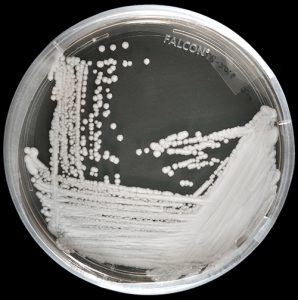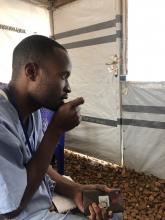Every day, there are more than 1 million new cases of curable sexually transmitted infections (STIs) among people aged 15-49 years, according to data released today by the World Health Organization. This amounts to more than 376 million new cases annually of four infections – chlamydia, gonorrhoea, trichomoniasis, and syphilis.
“We’re seeing a concerning lack of progress in stopping the spread of sexually transmitted infections worldwide,” said Dr Peter Salama, Executive Director for Universal Health Coverage and the Life-Course at WHO. “This is a wake-up call for a concerted effort to ensure everyone, everywhere can access the services they need to prevent and treat these debilitating diseases.”
Published online by the Bulletin of the World Health Organization, the research shows that among men and women aged 15–49 years, there were 127 million new cases of chlamydia in 2016, 87 million of gonorrhoea, 6.3 million of syphilis and 156 million of trichomoniasis.
These STIs have a profound impact on the health of adults and children worldwide. If untreated, they can lead to serious and chronic health effects that include neurological and cardiovascular disease, infertility, ectopic pregnancy, stillbirths, and increased risk of HIV. They are also associated with significant levels of stigma and domestic violence.
Syphilis alone caused an estimated 200 000 stillbirths and newborn deaths in 2016, making it one of the leading causes of baby loss globally.
About the four STIs
-
- Trichomoniasis (or “trich”) is the most common curable STI globally. It is caused by infection by a parasite during sexual intercourse. Chlamydia, syphilis and gonorrhoea are bacterial infections.
-
- Symptoms of an STI can include genital lesions, urethral or vaginal discharge, pain when urinating and, in women, bleeding between periods. However, most cases are asymptomatic, meaning people may not be aware they have an infection prior to testing.
-
- Chlamydia and gonorrhoea are major causes of pelvic inflammatory disease (PID) and infertility in women. In its later stages, syphilis can cause serious cardiovascular and neurological disease. All four diseases are associated with an increased risk of acquiring and transmitting HIV.
- Transmission of these diseases during pregnancy can lead to serious consequences for babies including stillbirth, neonatal death, low birth-weight and prematurity, sepsis, blindness, pneumonia, and congenital deformities.




